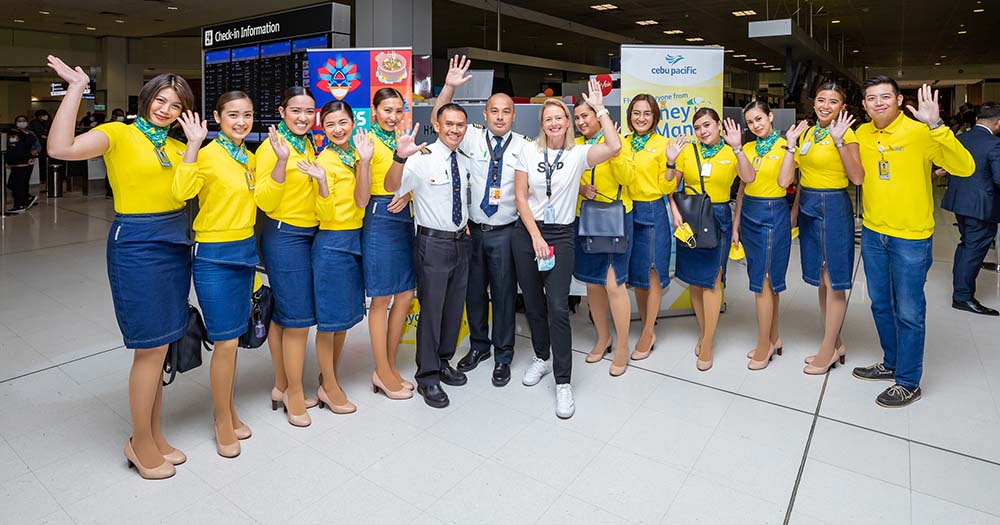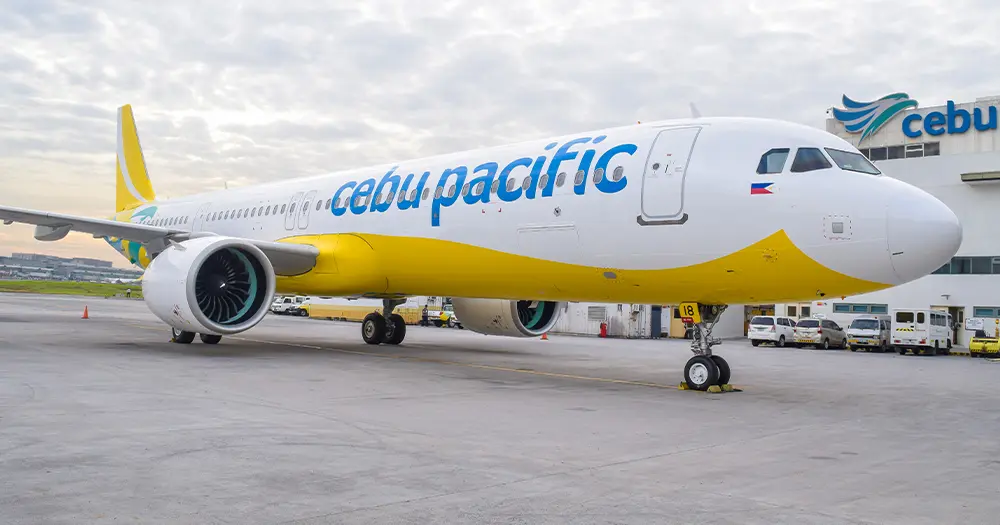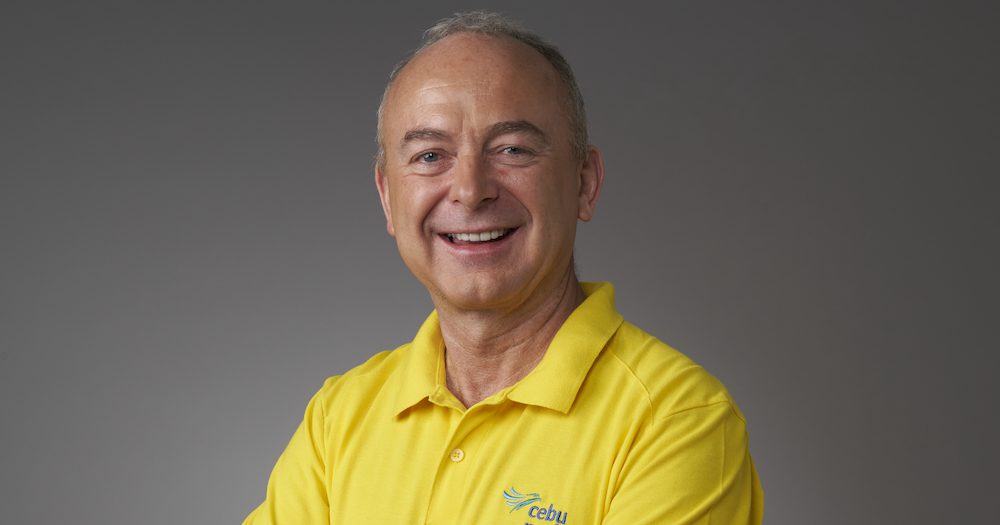In this Australian exclusive, Karryon chats with Cebu Pacific CEO Michael Szucs about the airline’s Aussie services, its low fares and the new airport that could change the landscape of tourism in the Philippines.
A decade on from commencing operations in Australia in 2014, Cebu Pacific’s Aussie business is still going strong. In fact, the Philippines’ largest airline is operating more flights Down Under than ever before, despite the arrival of more low-cost rivals from Asia and a lengthy pause for the pandemic.
“Cebu Pacific is back to pre-pandemic levels and currently we have five weekly Sydney-Manila flights and three weekly Melbourne-Manila flights,” Szucs tells Karryon.
“We see great potential for our Australian routes, which include Filipino expats visiting family and friends, as well as Australians looking for great beach destinations that rival Bali and Phuket.
“Cebu Pacific’s presence in Australia is opening up many untapped destinations across the Philippines for those leisure travellers looking to explore somewhere new.”
A fare go

To help entice Aussies to explore the Philippines, Szucs says the carrier will continue to offer flyers the lowest fares to the Southeast Asian nation.
“Cebu Pacific has successfully implemented a low-fare business model, catering specifically to budget-conscious consumers,” he explains.
“By offering affordable tickets, we have made air travel more accessible and economical for a wider range of individuals.”
Specifically, Szucs flags the airline’s GO Flexi bundle, “which allows passengers to cancel their flight two hours before its departure and store their unspent airfare”.
“This fund is non-expiring and can be used by our passengers to book future flights or pay for add-ons.”
He adds that the carrier’s shift to the more fuel-efficient Airbus NEO aircraft has helped it maintain its low fares by reducing fuel consumption per seat.
More bags? No worries.

To help travellers make the most of their trips to the Philippines, which invariably involve a little or a lot of shopping, Cebu Pacific recently unveiled an enhanced baggage policy, “where passengers may avail up to three pieces of baggage and choose from 20kg, 24kg, 28kg, or 32kg variants”.
“Previously, CEB passengers could only purchase up to two pieces of any combination of 20kg or 32kg baggage allowance,” Szucs explains.
A new gateway
Travel to the Philippines is also expected to be boosted by the arrival of a new airport for Manila.
Also known as Bulacan International Airport, New Manila International Airport is expected to open in around 2027 – and while Szucs can’t confirm whether the facility will host flights from Australia, he is confident the new airport will have a big impact on travel to the Philippines.
“We are excited about the new Bulacan airport – along with the proposed NAIA [Ninoy Aquino International Airport] public-private partnership, proposed Sangley airport and the thriving Clark airport – considering their impact not only on CEB’s operations but also on the Philippine aviation industry,” he tells Karryon.

Szucs expects the new airport will “decongest Manila foot traffic” and serve as another gateway to currently unserved areas.
“The establishment of new airports will not only allow for better connectivity between destinations but will also help spur economic growth in areas they serve and provide more livelihood opportunities for workers in the tourism sector,” he says.
“With the Philippines located within four hours of flying time to some of the fastest-growing nations in the world, these infrastructure developments will allow CEB to further explore the country’s potential to become a connectivity hub in the Asia-Pacific region.”
With demand rising, Cebu Pacific is ordering 100 to 150 narrowbody Airbus and Boeing jets in a US$12 billion deal that represents “the single biggest aircraft order of any airline in Philippine history”.
“The increased fleet will strengthen CEB’s position in regional markets in Southeast Asia, China and Japan, and open network opportunities beyond its existing geographical footprint,” Szucs says.
Hopefully, that includes more flights to Australia.







